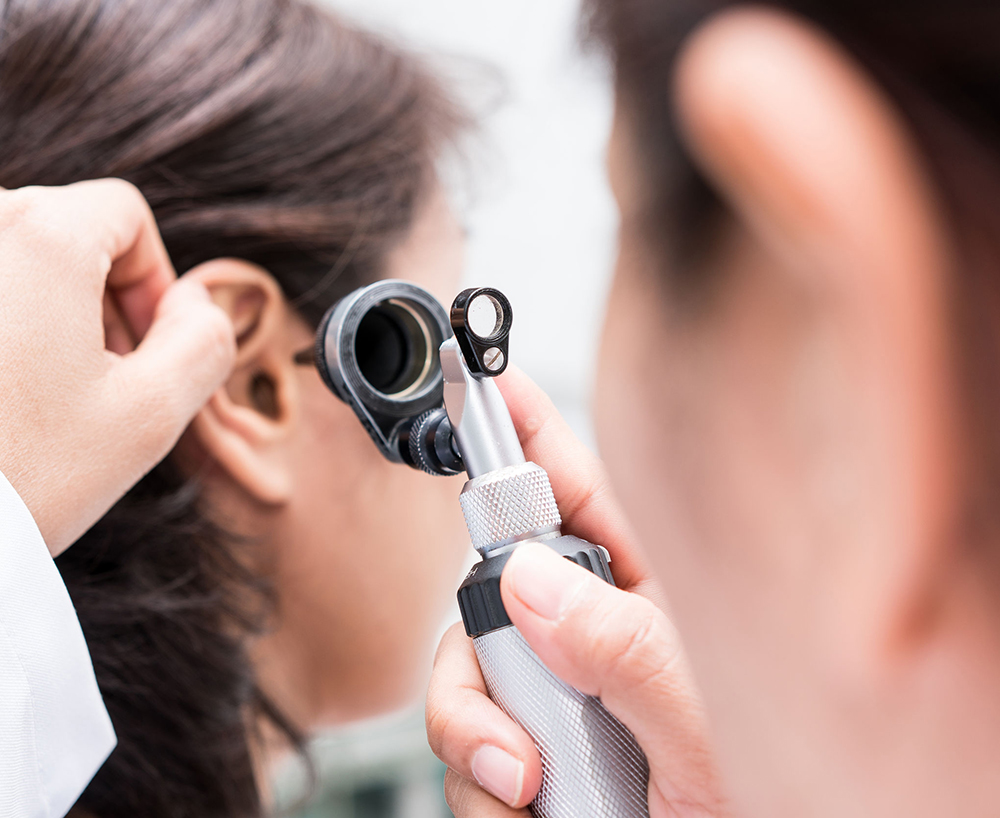Having a conversation with a family member or just listening to the radio is something that most people take for granted. We may not fully appreciate our ability to hear until it fails us. According to the National Institute on Deafness over 37.5 million Americans, people have hearing problems. Approximately, 10 million depend on hearing aids to restore their quality of life. A hearing aid can be a costly investment, so experiencing a malfunction can send us into a panic. What are the first steps to take when dealing with a hearing aid malfunction? Let’s discuss 3 of the major malfunctions and their solutions.
Hearing aids are mini electronic computers with sophisticated parts that volumize sounds. Just like any other electronic device they can sometimes malfunction. It requires general maintenance to keep it free of debris and functioning properly. Let’s look at 3 of the most common malfunctions and their solutions.
Most Common Malfunctions:
- Sound has Low Volume
- Makes Whistling Sounds
- Sounds is Distorted
Problem Solving Solutions
Moisture
This is well-known in the hearing aid community that moisture is an enemy to your hearing aid device. Hearing aids are made of delicate parts and narrow passageways. Condensation can easily develop within a hearing aid canals leading to a deterioration of the delicate internal parts.
Suggestions:
- Store your hearing aid in an area of the home that stays dry. The bathroom will expose the hearing aid to constant condensation.
- Be mindful of your own body sweat. Wipe down the hearing aid with a soft cloth to maintain dryness throughout the day.
- Battery Cleaning: moisture can get trapped in any section of the device. Removing the batteries and wiping them down. Open the battery door overnight to allowing air to circulate and dry moisture.
- The Earmold Air Blower is a simple to use tool that removes moisture and debris from the earmold and canals of the hearing aid.
- The Dry aid kit a dehumidifier for your hearing aid. This is an alternative method to maintain dryness inside the working parts of your hearing aid. The Dry & Store hearing aid dehumidifier is a little more expensive option but aside from removing the moisture from your Hearing aid, it offers UV Lamp technology to kill Bacteria.
Whistling Sound
This is also known as feedback is a squealing sound emitted from the hearing aid. According to the NIDCD, a hearing aid may produce a whistling sound from improper fitting or a passageway is clogged. A hearing aid is a mini microphone. We have all experienced the high pitched squeal when an individual speaks too close into a microphone. Here are a few suggestions in troubleshooting a hearing aid that produces unpleasant squealing sounds.
Suggestions:
- Check the hearing aid’s passageway to determine whether the cause of the whistling may be due to debris such as ear wax or moisture, clogging narrow internal canals. Be sure to your device is completely free of earwax and moisture.
- Inspect the small internal tubing to verify they are attached and intact.
- Determine whether the volume needs to be adjusted to your hearing comfortability.
- Double-check that the piece is properly fitted to your ear canal. According to NJ-based audiologist, Karen McQuaide, hearing aids may be worn as a behind-the-ear device or worn in the ear canal.
- Clothing worn to close too the device may change the signal pathway.
- Hearing aids have vent holes that are designed to create a more natural sound to your ear. Try plugging the vent to determine if that will reduce the whistling sounds. A displaced microphone could also be the culprit.
Warning!
- Do not tap the device against a hard surface in the attempts to readjust the sound. Hearing aids are delicate pieces of equipment with many tiny internal parts. Damage can occur from the rough treatment of the device.
- Use caution opening the case. An experienced person will not understand how to repair this high-tech piece of equipment.
Distorted or Low Sound
A hearing-impaired individual faces challenges in listening situations. Many times environments are noisy and compete with the sound that the person is focused on hearing. Distortion of the hearing aid amplification only compounds the problem. Here are a few suggestions on how to troubleshoot and possibly improve audibility.
- Hearing aids come with a wax trapping filter. Check the filter to remove any wax blockages.
- Check the battery, as it is possible the battery has experienced corruption or has weakened and needs to be replaced.
- Some Hearing Aid devices come equipped with the telecoil system, also known as t-coil technology. This system was designed to enhance telephone communication by greatly reducing competitive background noises. If the device your using comes with t-coil technology, then a simple switch in settings from t-coil to microphone may fix your distortion issues.
Wrapping Up
Your hearing aid is an investment. Always handle it with the greatest care to prevent damage or broken internal parts. Do your due diligence to keep your hearing aid device in optimal condition by using a Safe Storage method. It can be too easy to become lax and place your device in an accessible area in reach of pets and children. Take extra steps to ensure dry storage for the hearing aid using one of the above-suggested methods. Establish a daily cleaning routine to keep your device free of debris, wax, and moisture. If you follow these suggestions and the problems persist, see your audiologist for the proper care.





